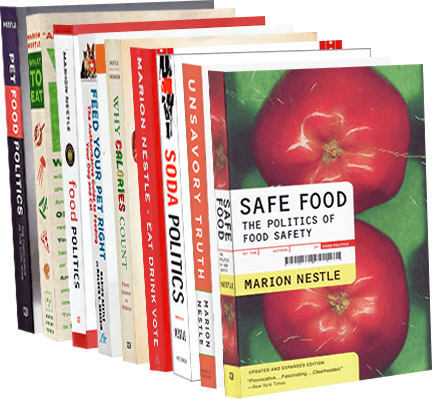Consumer surveys are always fun
And this one is international. Ketchum Public Relations asked about 1000 people in the U.S., the U.K, Germany, Argentina, and China what they thought about a bunch of issues about food choice. The results are interesting, if not particularly credible. For example, 44% say they are confused about which foods are good for them, and only 30% or so would rank profit as the highest priority if they were CEO of a global food company. That’s the difference between consumers and people who go to business school, I guess. Enjoy and have a sane weekend.

